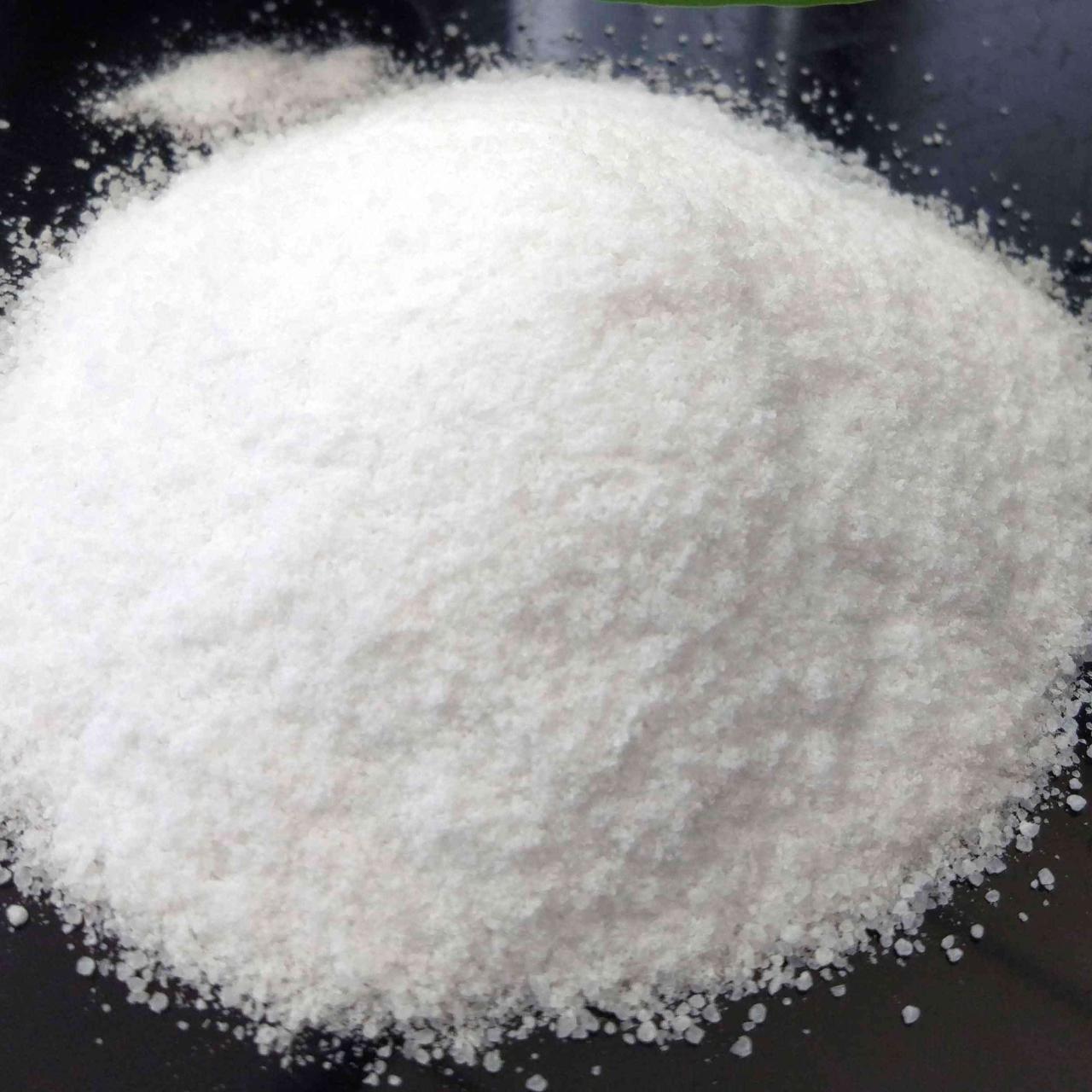earlier, only natural polymer substances were used as flocculants. such as sodium alginate, alkali starch, gelatin, tannic acid, etc. in recent years, various polymer flocculants have been synthesized, such as sodium polyacrylate, polyacrylamide, etc. compared with previous inorganic flocculants or natural water-soluble polymers. synthetic polymer flocculants are characterized by high molecular weight. because there are many functional groups in the molecular chain, it is used in small amounts in wastewater treatment; at the same time, it has superior performance in solid-liquid separation operations such as flocculation filtration and dehydration.
among the synthetic polymer flocculants, the acrylamide type is the most commonly used. according to the charge, polymer flocculants can be divided into three categories: cationic, anionic and nonionic.

1. cationic polymer
cationic polymers commonly used as water treatment agents include polymers or copolymers containing cationic monomers such as dimethylamine ethyl methacrylate. condensate of acrylamide and formaldehyde. the flocculation properties of cationic polymers are not only reflected in their ability to flocculate suspended colloidal particles through charge neutralization. moreover, it can react with negatively charged dissolved substances to form insoluble salts.
cationic polymers have the function of removing turbidity or decolorizing when used as flocculants. it is suitable for wastewater containing a lot of organic colloids, such as industrial wastewater from dyeing, papermaking, pulp, food, aquatic product processing and fermentation.
compared with inorganic flocculants with the same charge neutralization performance, cationic polymers have excellent adsorption active points because they have more adsorption active points in the molecules. water treatment agent performance. but so far, its demand is not as large as that of anionic and nonionic polymers. in practice, anionic or nonionic polymer flocculants are used together with inorganic flocculants.
2. anionic polymer
the main varieties include sodium polyacrylate, partially hydrolyzed polyacrylamide, sulfomethylated polyacrylamide, etc. compared with cationic polymers, anionic polymerization the substances are all of high molecular weight, and due to the mutual repulsion between polymeric groups in the same molecule, the molecular stretch in water is relatively large, so it has good particle flocculation function.
the application range of polyacrylamide partially hydrolyzed flocculant is for suspensions with a ph value of neutral to alkaline water and containing a lot of inorganic matter. applicable. in addition to being used in wastewater treatment in iron-making blast furnaces, aluminum processing, papermaking, river gravel washing and other production processes, it can also be used in the primary treatment of urban groundwater.
sodium polyacrylate is not suitable for highly charged suspended particles, but it performs well for positively charged suspended particles such as metal hydroxides. flocculation performance. suitable for recycling sludge obtained from wastewater treatment and using it to produce feed.
3. nonionic polymer
the main varieties of nonionic polymers include polyacrylamide, polyethylene oxide, and condensed urea-formaldehyde resin. since non-ionic polyacrylamide high-molecular flocculants do not contain ionic functional groups, they have the following characteristics compared with anionic polymer flocculants:
①the flocculation performance is less affected by the ph value of wastewater and salts;
② under neutral and alkaline conditions, the flocculation effect (sedimentation speed) of wastewater is worse than that of anionic polymer flocculants, but under acidic conditions it is better than that of anionic polymer flocculants. anionic polymer flocculant is good;
③the floc strength is stronger than that of anionic polymer flocculant.
this type of flocculant is mainly used to treat comprehensive wastewater from aluminum processing, papermaking, pulp and other production processes.

 微信扫一扫打赏
微信扫一扫打赏

